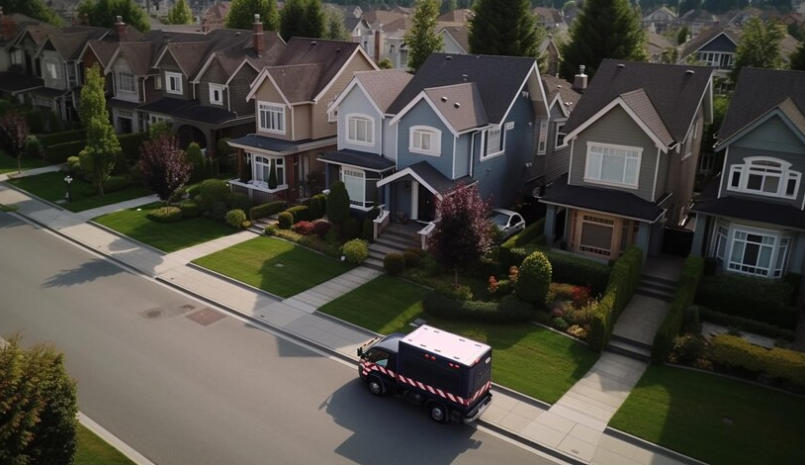Home is where the heart is, and it should also be where you feel safest. Ensuring that your home is a haven of security and comfort is a top priority for many homeowners. Whether you are a new homeowner or have lived in your house for years, there are always steps you can take to make your home even safer. In this blog, we'll explore various aspects of creating safe homes, from security measures to safety-conscious design ideas.
Home Security
- Locks and Deadbolts: The first line of defense for your home is the quality of your locks. Install deadbolt locks on all exterior doors and make sure they are in good working condition.
- Security Systems: Invest in a reliable home security system that includes door/window sensors, motion detectors, and surveillance cameras. Modern systems can be monitored remotely through smartphone apps, giving you peace of mind even when you're away.
- Outdoor Lighting: Adequate outdoor lighting can deter potential intruders. Install motion-activated lights around your property to illuminate dark areas.
anywhere. d. Smart Technology: Consider integrating smart technology into your home security. Smart locks, video doorbells, and security cameras can be controlled remotely, allowing you to monitor your home from
Fire Safety
- Smoke Alarms: Install smoke alarms on every level of your safe homes and inside each bedroom. Test them regularly and replace the batteries annually.
- Fire Extinguishers: Keep fire extinguishers in easily accessible locations, such as the kitchen and garage. Learn how to use them and check their expiration dates.
- Escape Plan: Create a fire escape plan with your family. Practice it regularly so that everyone knows what to do in case of a fire emergency.
- Carbon Monoxide Detectors: Install carbon monoxide detectors in your home, especially near bedrooms. Carbon monoxide is an odorless, colorless gas that can be deadly.
Child Safety
- Childproofing: If you have young children, childproof your home by installing safety gates, cabinet locks, and outlet covers. Keep toxic substances and small objects out of their reach.
- Window and Stairwell Safety: Install window guards and window locks to prevent falls. Use stair gates to secure staircases.
- Secure Heavy Furniture: Anchor heavy furniture to the wall to prevent tipping over, which can be a hazard for young children.
- Educate Children: Teach your children about basic safety rules, such as not opening the door to strangers and how to contact emergency services.
Home Design and Maintenance
- Remove Hazards: Regularly inspect your home for potential hazards like loose cords, tripping hazards, or slippery floors. Fix these issues promptly.
- Adequate Lighting: Ensure that your home is well-lit to prevent accidents, especially in areas like staircases and hallways.
- Handrails: Install handrails on staircases to provide support and prevent falls.
- Fire-Resistant Materials: Consider using fire-resistant building materials for your home's construction to enhance fire safety.
Conclusion
Creating a safe home involves a combination of security measures, fire safety precautions, childproofing, and thoughtful home design. By taking these steps, you can greatly reduce the risks associated with accidents and intrusions, providing you and your family with the peace of mind you deserve. Remember that safety is an ongoing process, and it's important to regularly assess and update your safety measures to keep your home secure. A safe home is not just a place to live; it's a sanctuary where you can thrive without worry.
